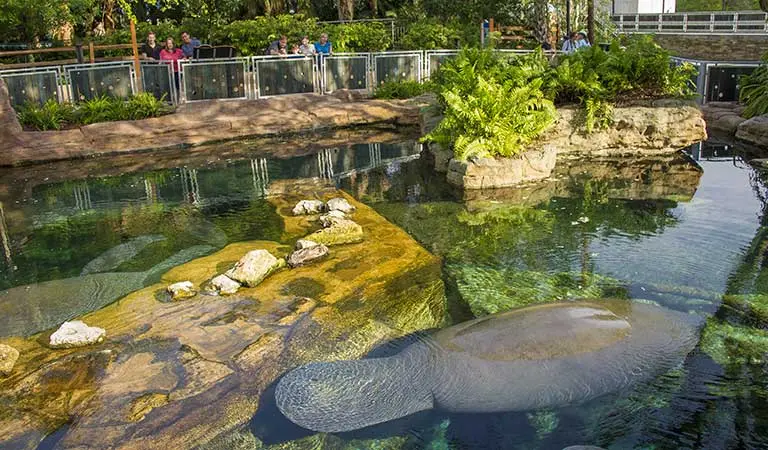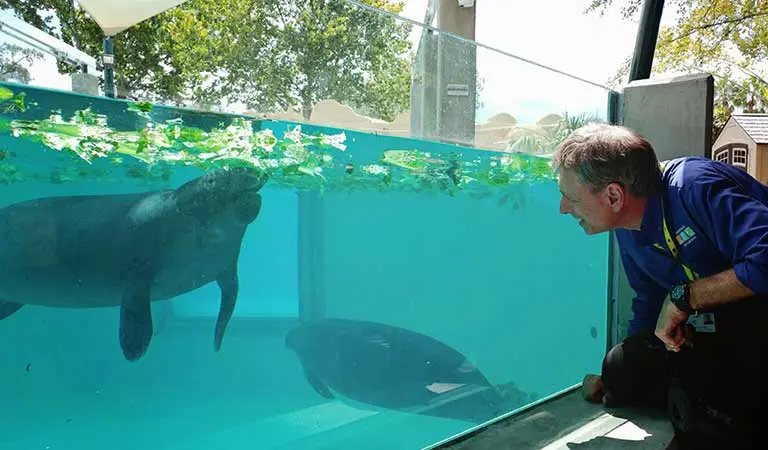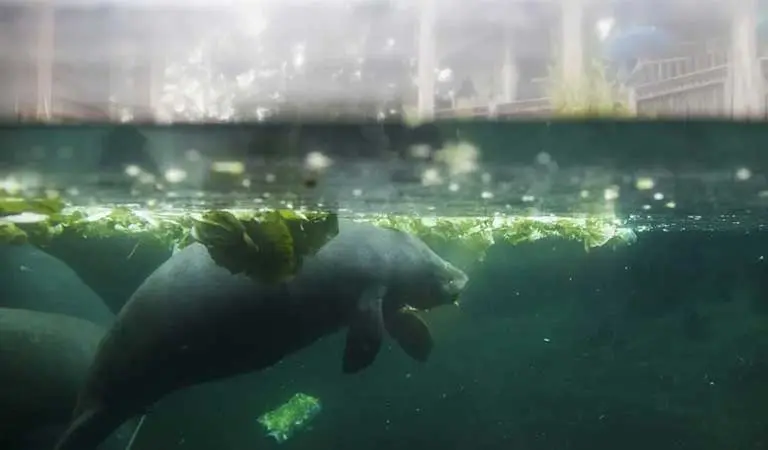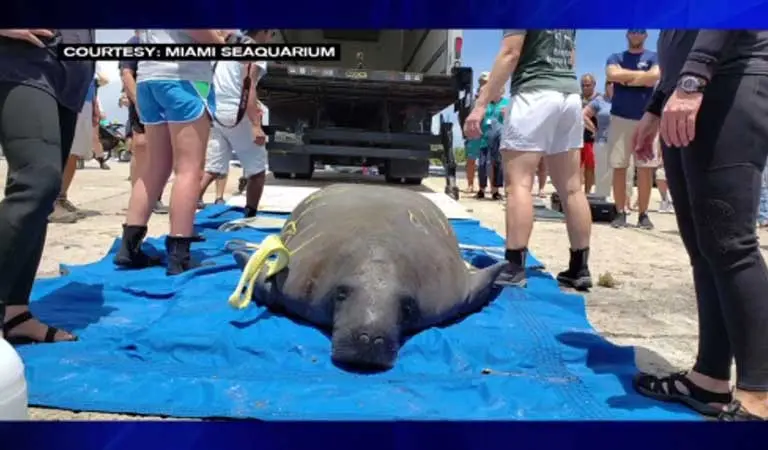The rehabilitation of manatees in Florida is a complex and challenging process, but it is also essential to the survival of this endangered species. Manatees are often injured or orphaned due to human-related causes, such as boat strikes, entanglement in fishing gear, or red tide poisoning. When rescued, these animals are brought to one of Florida’s five federally permitted acute care facilities for treatment.
Once the manatees are medically stabilized, they may be transferred to one of four secondary holding facilities while awaiting release. The manatees are given specialized care at these facilities, including nutritional rehabilitation, physical therapy, and behavioral training. The goal of rehabilitation is to return the manatees to the wild as healthy and independent as possible.
The rehabilitation of manatees in Florida is a collaborative effort between the Florida Fish and Wildlife Conservation Commission (FWC), the Manatee Rescue & Rehabilitation Partnership (MRP), and multiple other organizations. The FWC is responsible for coordinating the rescue and rehabilitation of manatees, while the MRP provides funding and support to the rehabilitation facilities. Other organizations that play a role in the rehabilitation of manatees include zoos, aquariums, and research institutions.
Florida’s manatee rehabilitation is a success story! In recent years, the number of manatees rescued and rehabilitated has increased, and the survival rate of these animals has also improved. This is partly due to the dedicated efforts of the FWC, the MRP, and other organizations working to save this endangered species.
Here are some of the challenges faced in Florida with the rehabilitation of manatees:
- Manatees are large, multifaceted animals. They require specialized care that can be expensive and time-consuming.
- The causes of manatee injuries and deaths are often complex and difficult to prevent. This makes it challenging to reduce the number of manatees needing rehabilitation.
- Manatees are social animals. They do not do well in isolation, so they need to be rehabilitated in groups. This can be difficult to do, as there are not always enough manatees available for rehabilitation.
Despite these challenges, rehabilitating Florida’s manatees is a critical and necessary effort. The goal of returning these animals to the wild can be achieved with continued dedication and cooperation.
Here are a few rehabilitation centers in Florida for manatees. Many other organizations are also involved in rescuing and rehabilitating these amazing animals.

SeaWorld Orlando
This is the largest and most well-known rehabilitation center for manatees in Florida. It has a five-acre facility with pools, medical equipment, and staff who are experienced in caring for manatees.
Jacksonville Zoo and Gardens
This zoo has a Manatee Critical Care Center that can care for up to six manatees at a time. The center has specialized equipment and staff that are dedicated to the rehabilitation of manatees.


ZooTampa at Lowry Park
This zoo has a Manatee Rehabilitation Center caring for manatees since 1998. The center has a 1.5-acre facility with pools, medical equipment, and staff who are experienced in caring for manatees.
Miami Seaquarium
This aquarium has a Manatee Rescue and Rehabilitation Center that can care for up to five manatees at a time. The center has specialized equipment and staff that are dedicated to the rehabilitation of manatees.


Bishop Museum of Science and Nature
This museum has a Manatee Rehabilitation Program that has been caring for manatees since 1998. The program has a one-acre facility with pools, medical equipment, and staff who are experienced in caring for manatees.
Please report sick, injured, orphaned, and dead manatees immediately to the Florida Fish and Wildlife Conservation Commission at 1-888-404-3922, or to your local wildlife officials if you are outside of Florida. Click the following link to get more info on reporting injured manatees.

